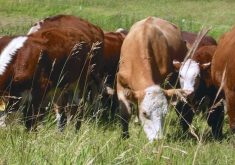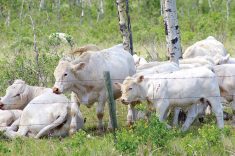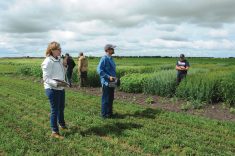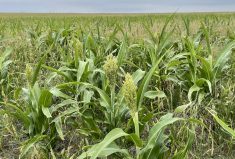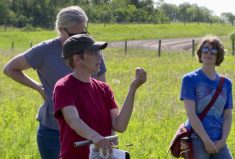Producers looking to buffer against feed issues may want to add some legumes in their pasture mix.
The concept has been highlighted more than once this seminar season as speakers ponder how to “drought-proof” Manitoba’s feed supply in light of two years of dry temperatures and a significantly short forage harvest in 2018.
Why it matters: With 2018’s lacklustre forage harvest, producers may be looking for ways to avoid a similar shock. Adding legumes to pasture is one such option to consider.
Read Also
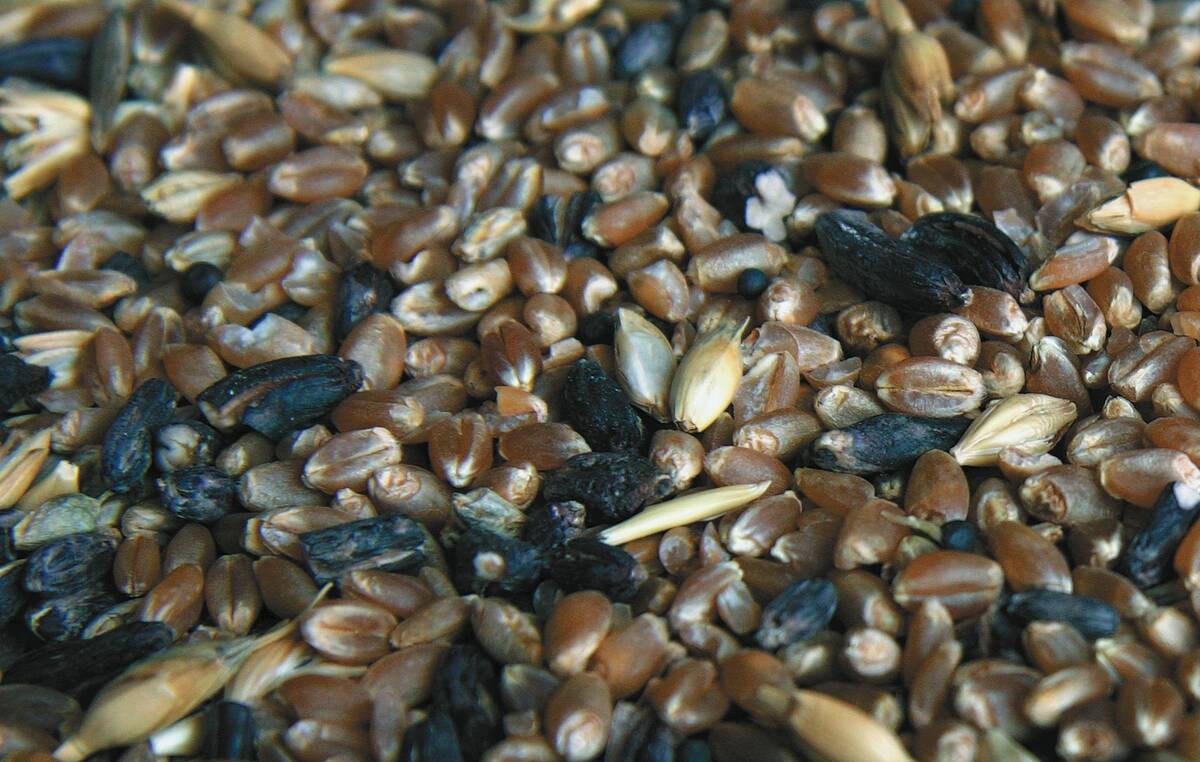
Feeding ergot: research on ergot-impacted grain and beef cattle continues
Saskatchewan research hopes to tease out better ways for Canadian beef farmers to manage ergot consumption in their herd’s feed
Bruce Anderson of the University of Nebraska has been among those pitching extra legumes as a means to cut costs as the nitrogen-fixing plants bite into the need for added fertilizer and to jump-start pasture productivity, particularly late in the year.
His trials in Nebraska have shown little nutritional difference between bromegrass mixed with legume and bromegrass alone, but with 50 pounds of nitrogen added, for the first half of the season. That same trial, however, showed higher average daily gain in mixed plots in the later season, as bromegrass matured and feed value fell.
Seeding in legumes has gained champions in the livestock sector, with advocates arguing the practice has not only increased pasture productivity and feed value, but that advantages have spilled over into increased soil health, pasture health and biodiversity.
Others have reported more mixed results.
For more on this topic, see the February 7, 2019 issue of the Manitoba Co-operator.









